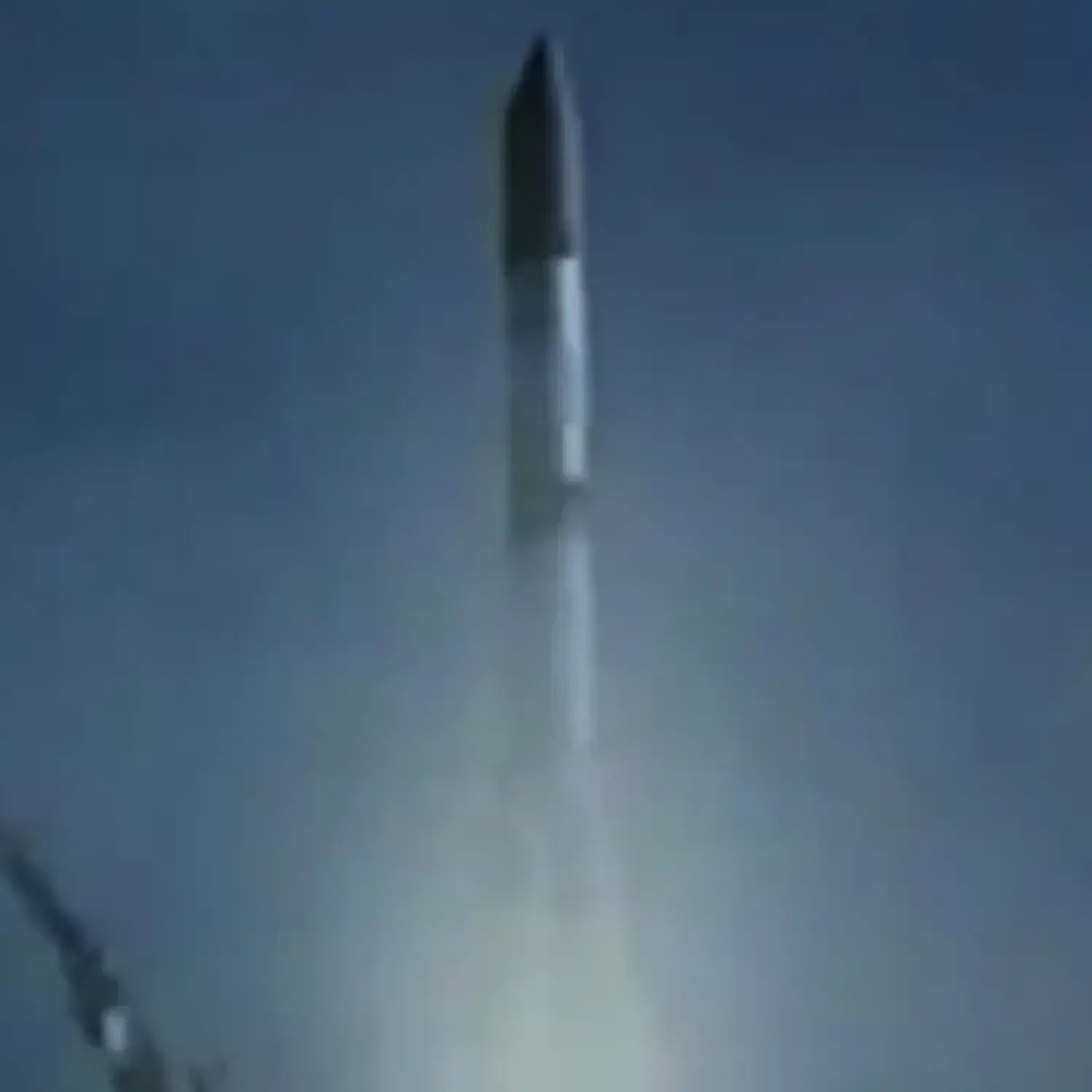Luna 7
Launch Success
Liftoff Time (GMT)
07:36:48
Monday October 4, 1965
Mission Details
Launch Notes
First flight of Molniya, and first flight of Molniya/Block L
Luna 7
Luna 7 (E-6 series) was an unmanned space mission of the Soviet Luna program, also called Lunik 7. The Luna 7 spacecraft was intended to achieve a soft landing on the Moon. However, due to premature retrofire and cutoff of the retrorockets, the spacecraft impacted the lunar surface in Oceanus Procellarum. Lunar map showing the location of Luna 7 in relation to other rovers and landing sites. Lower left, on top of the scale bar. Unlike its predecessors successfully carried out its mid-course correction on October 5 on the way to the Moon, in anticipation of a soft-landing two days later. However, immediately prior to planned retro-fire during the approach to the lunar surface, the spacecraft suddenly lost attitude control and failed to regain it. Automatic programmed systems then prevented the main engine from firing. As controllers observed helplessly, Luna 7 plummeted to the lunar surface at a very high speed, crashing at 22:08:24 UT on October 7, 1965, west of the Kepler crater, relatively near the actual intended target. Impact coordinates were 9°N 49°W. Later investigation indicated that the optical sensor of the astronavigation system had been set at the wrong angle and had lost sight of Earth during the critical attitude-control maneuver. It was the tenth consecutive failure in the Ye-6 program.
Lunar orbit
1 Payload
1,504 kilograms
Rocket


Manufacturer
RKK EnergiyaRocket
Height: 44.23m
Payload to Orbit
LEO: 6,200 kg
GTO: 2,400 kg
Liftoff Thrust
4,391 Kilonewtons
Fairing
Diameter: 2.58m
Height: 6.74m
Stages
4
Strap-ons
4
Launch Site
Stats
Molniya-M
1st
Mission
1st
Mission of 1965
RKK Energiya
146th
Mission
35th
Mission of 1965
1965
87th
Orbital launch attempt